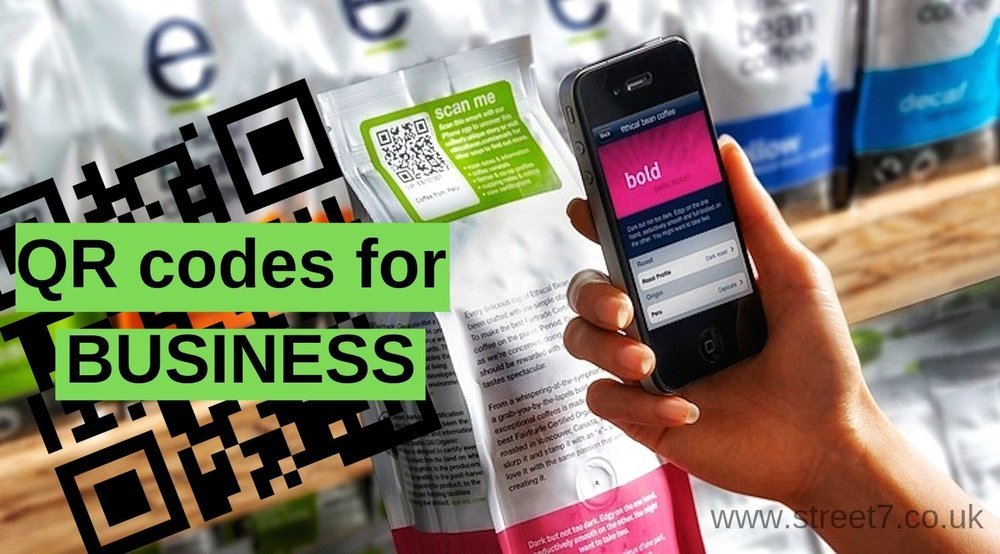QR Code Tracking and Analytics Australia: Unveiling the Power of Data
In the dynamic world of digital marketing, businesses in Australia are constantly seeking innovative ways to optimize their strategies and drive measurable results. QR Code Tracking and Analytics Australia is a great way to start.
QR codes have emerged as a powerful tool that not only bridges the gap between offline and online experiences but also offers valuable insights through tracking and analytics.
This article explores how QR Code tracking and analytics Australia are transforming the marketing landscape in Australia, empowering businesses with data-driven decision-making.
Nowadays, many products, deals, and ad spaces include QR codes. With up to 2,500 characters, these codes can contain a wide variety of information, including the following:
- Text
- Payments (QR code payment)
- Audio and video files
- Tickets and certificates
- Advertising
- URLs
- Information
- Promotional information
- Contact information
- Augmented reality integration
QR codes, short for Quick Response codes, are two-dimensional barcodes that can be scanned by smartphones and other mobile devices. They provide a seamless way to connect consumers with digital content, such as websites, landing pages, product information, promotions, and more.
However, the true power of QR codes lies in the ability of Dynamic QR Codes to track and analyze user interactions, allowing businesses to gain a deeper understanding of their target audience and optimize their marketing efforts. Allow for this tracking and when added to a Google UTM you can get a wide range of stats.
Tracking QR codes in Australia involves monitoring various metrics such as the number of scans, time of scan, device types, and even user demographics in UTMs. This data can be leveraged to evaluate the effectiveness of QR Code campaigns and make informed decisions to enhance engagement and conversions.
One of the key benefits of QR code tracking and analytics is the ability to measure the success of offline-to-online marketing initiatives.
For example, if a retail store in Australia places QR codes on their product packaging, they can track the number of scans to determine which products are generating the most interest. By analyzing this data, businesses can identify trends, optimize their product offerings, and allocate resources more efficiently.

Furthermore, QR code tracking enables businesses to gain general insights into consumer behavior and preferences. By monitoring the location and time of scans, companies can identify popular areas, peak hours, and even seasonal trends. This information can be invaluable for planning targeted marketing campaigns and tailoring promotions to specific regions or demographics within Australia.
Mobile devices are ever-present in Australia, with a significant portion of the population relying on smartphones for daily activities.
By integrating QR code tracking with mobile analytics platforms, businesses can gain real-time data on how users interact with their digital content. This allows for immediate adjustments and optimization of marketing campaigns to maximize their impact. This is mainly achieved through the destination data through a website etc.
In addition to tracking scans, QR code analytics can provide valuable information on user engagement and conversion rates. By embedding QR codes on landing pages or product pages, businesses can monitor the time spent on the page, click-through rates, and even the completion of desired actions, such as form submissions or purchases.
This data allows companies to identify bottlenecks, optimize user experiences, and increase conversion rates in the Australian market.
To fully leverage the power of QR code tracking and analytics in Australia, businesses can integrate QR code campaigns with their existing customer relationship management (CRM) systems. By capturing user data through QR code scans and connecting it with customer profiles, businesses can create personalized experiences and deliver targeted marketing messages. This integration enhances customer segmentation and enables businesses to nurture leads and build long-term relationships.
For example, restaurants and cafes can use QR codes on menus to track popular dishes or promotions, allowing them to refine their offerings based on customer preferences.
Similarly, event organizers can use QR codes to monitor attendee engagement and plan future events accordingly.
Privacy is a paramount concern when dealing with user data.
Businesses must ensure compliance with data protection regulations in Australia, such as the Privacy Act 1988. Transparency and consent are essential when collecting and analyzing user data obtained through QR code scans.
By implementing robust privacy policies and obtaining explicit consent, businesses can maintain trust and build strong relationships with their audience.
In conclusion, QR code tracking and analytics are revolutionizing the marketing landscape in Australia. By leveraging the power of data, businesses can gain valuable insights into consumer behavior, optimize marketing campaigns
